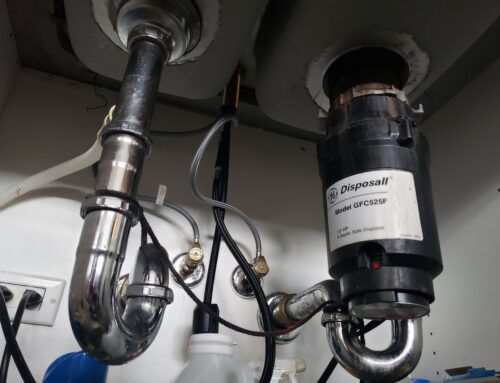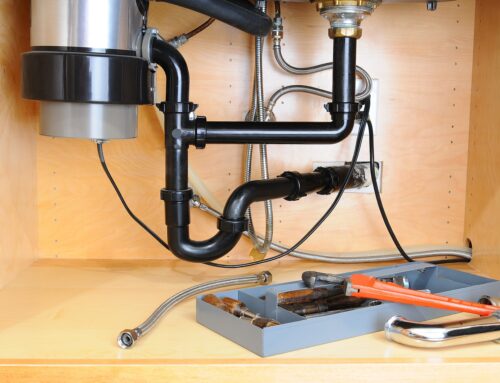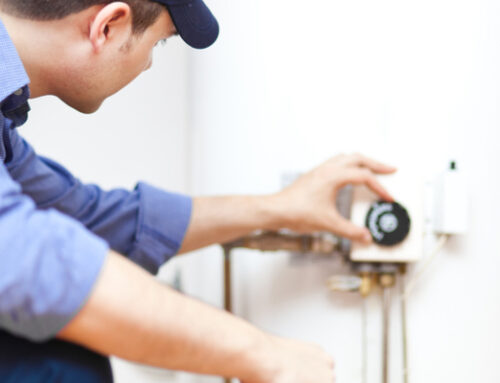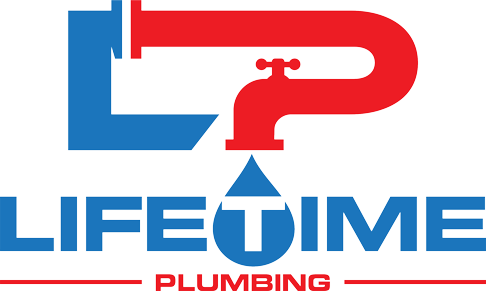Table of Contents
Garbage Disposal Not Working
In the heart of every modern kitchen, a garbage disposal is a convenient appliance designed to efficiently manage food waste. However, when the garbage disposal is not working, it can throw a wrench into your kitchen routine. In this in-depth guide, we will explore the common reasons why a garbage disposal is not working and provide practical, step-by-step solutions to troubleshoot and resolve these issues.
Why is the garbage disposal not working
Garbage disposals, while efficient, can exhibit signs of trouble when they are not functioning correctly. Recognizing these signs early on is crucial for identifying and addressing the root cause of the problem.
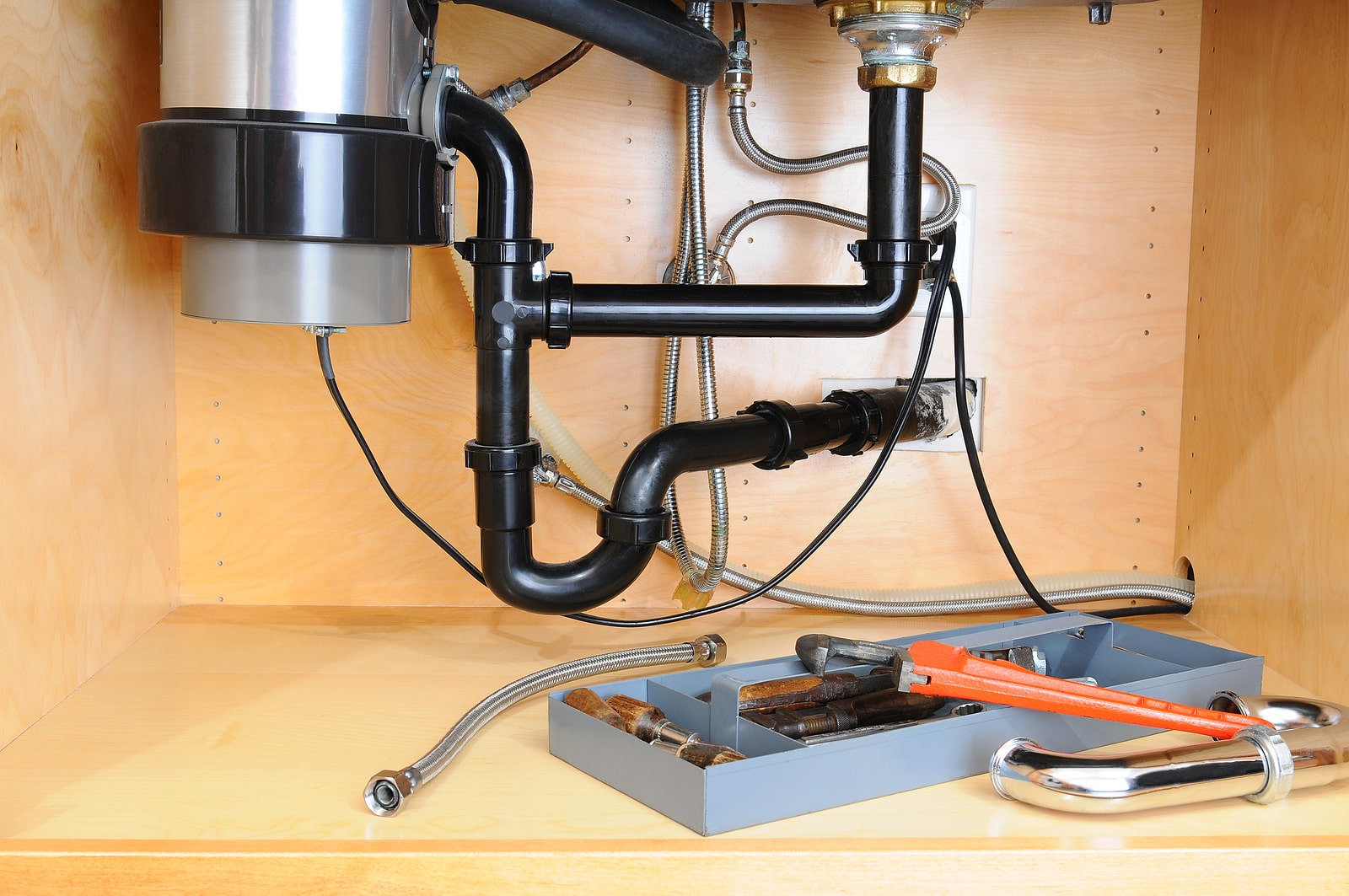
Unusual Noises
Unusual noises emanating from your garbage disposal can be disconcerting. Whether it’s grinding, humming, or clunking sounds, these auditory anomalies often indicate internal issues such as foreign objects lodged in the unit, damaged blades, or other malfunctions.
When encountering such noises, it’s essential to investigate further to prevent potential damage to the disposal unit. We will delve into possible causes and provide practical solutions to restore the optimal functionality of your garbage disposal.
Lack of Power
Imagine flipping the switch to activate your garbage disposal, only to be met with silence. A lack of power can stem from various issues, including a tripped circuit breaker, a faulty switch, or problems within the disposal unit’s wiring.
Understanding the reasons behind a lack of power is crucial for effective troubleshooting. We’ll guide you through the steps to identify and address electrical issues in the following portion of our guide.
Slow Draining
Another common issue that can plague garbage disposals is slow drainage. If your sink is taking longer than usual to empty, it may be an indication of a clog or blockage within the disposal unit or further down the drain line.
Slow drainage can lead to unpleasant odors and potential backups, making it essential to address the issue promptly. We will explore methods to troubleshoot and resolve slow drainage effectively.
Discover effective tips on unclogging your kitchen sink by reading this helpful article.
Troubleshooting the Garbage Disposal
Now that we’ve identified common signs of a malfunctioning garbage disposal, let’s delve into the troubleshooting process. By following these steps, you can address the most prevalent issues and restore your garbage disposal to optimal functionality.
Resetting the Disposal
When your garbage disposal suddenly stops working, it may have tripped a circuit, resulting in a lack of power. A quick and often effective solution is to locate the reset button on the bottom of the unit and press it. This action resets the disposal, resolving issues related to power interruption.
Clearing Blockages
For slow-draining or completely blocked disposals, it’s essential to turn off the power before attempting any troubleshooting. Use a hex key to manually rotate the disposal blades, helping to dislodge any trapped debris causing the blockage.
Removing Foreign Objects
Unplug the disposal and inspect the grinding chamber for any foreign objects, such as utensils or hard debris. Utilize pliers or tongs to carefully remove these items, ensuring the disposal blades can move freely without obstruction.
Regular Maintenance to Prevent Issues
While troubleshooting is crucial when issues arise, preventive measures can go a long way in maintaining a functional garbage disposal. Consider these tips to avoid future problems and ensure the longevity and efficiency of your appliance.
Avoiding Hard Materials
Refrain from disposing of hard materials like bones, fruit pits, and coffee grounds in the disposal. These items can damage the blades and contribute to clogs, potentially leading to malfunctions.
Running Cold Water
Always run cold water while using the disposal and for a short period afterward. This practice helps flush away debris, preventing it from accumulating and causing blockages within the disposal unit and drain pipes.
Using Ice Cubes and Citrus Peels
To maintain the optimal condition of your garbage disposal, consider incorporating a simple maintenance routine. Occasionally, grind ice cubes and citrus peels in the disposal to clean the blades and eliminate the garbage disposal odors. This straightforward step can contribute to the overall efficiency of your appliance.
Professional Maintenance
In addition to your regular maintenance routine, consider scheduling professional maintenance for your garbage disposal. Lifetime Plumbing, your professional plumber from Chicago, can inspect and service your unit, ensuring that all components are in working order and addressing any potential issues before they become major problems. Our expert plumbers can also help you with garbage disposal installation, repair or replacement services.
Conclusion
A non-functional garbage disposal can be a source of frustration in the kitchen. However, armed with the knowledge of common issues and troubleshooting techniques, you can often address these problems without the need for professional assistance. By implementing regular maintenance practices and adopting responsible usage habits, you can ensure that your garbage disposal remains a reliable and efficient appliance in your culinary space. Remember, a little care goes a long way in preserving the functionality of your kitchen’s workhorse.
If you’re facing issues like garbage disposal not working, follow our comprehensive guide for effective troubleshooting and solutions. Having a garbage disposal that is not working can be a common problem, but with our step-by-step guide, you can address it and restore optimal functionality. Don’t let the inconvenience of garbage disposal not working disrupt your kitchen routine—learn the causes and solutions here.
Curious about how a sink is put together? Dive into our sink parts diagram article for a closer look.

